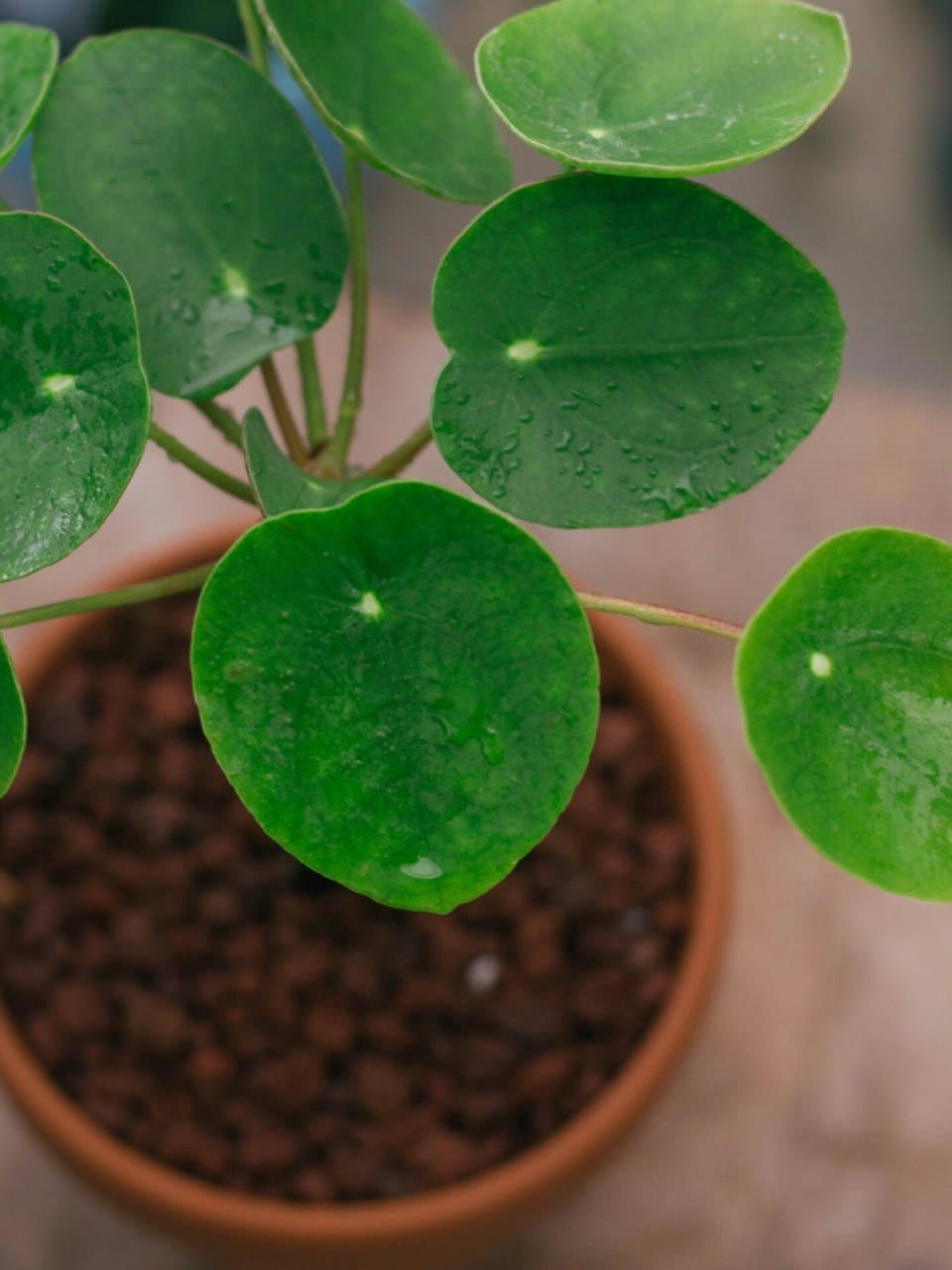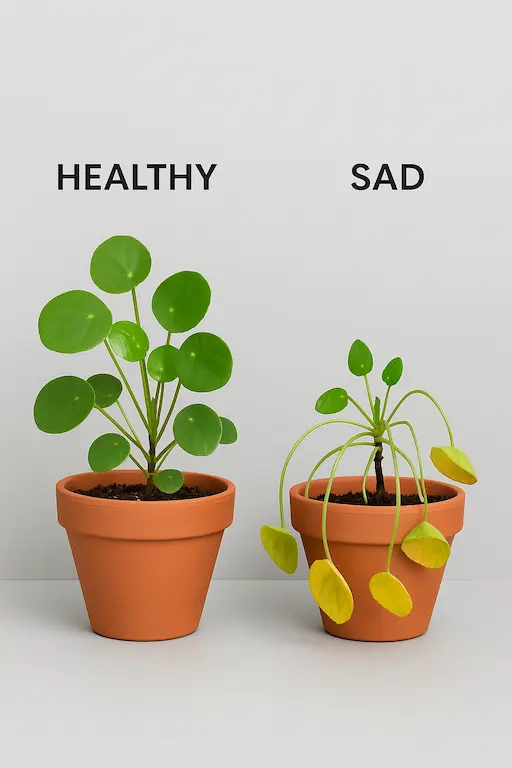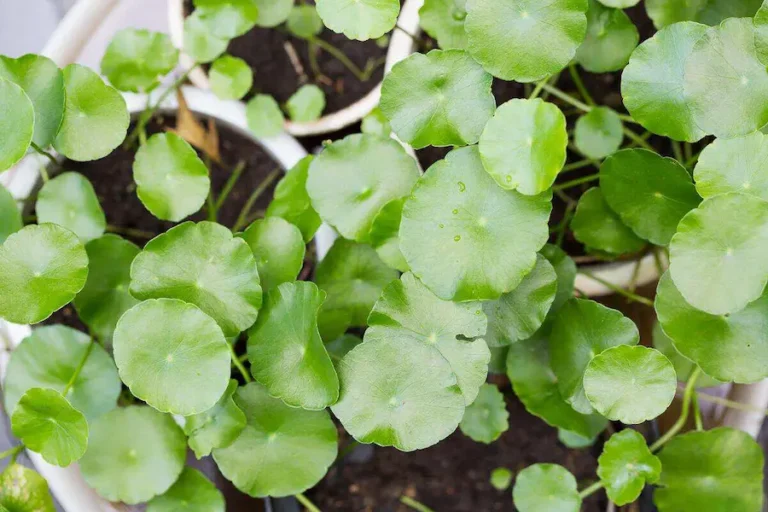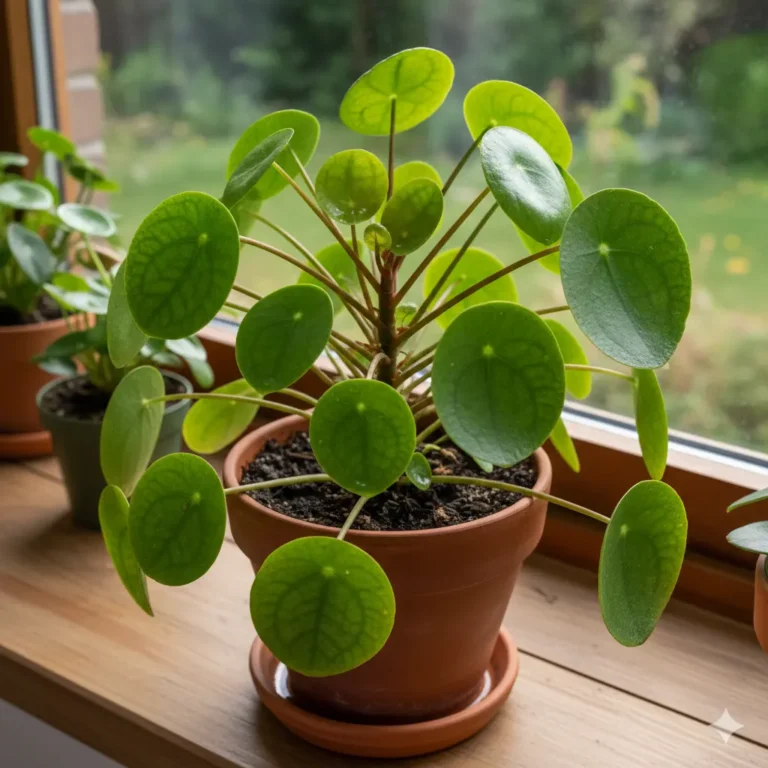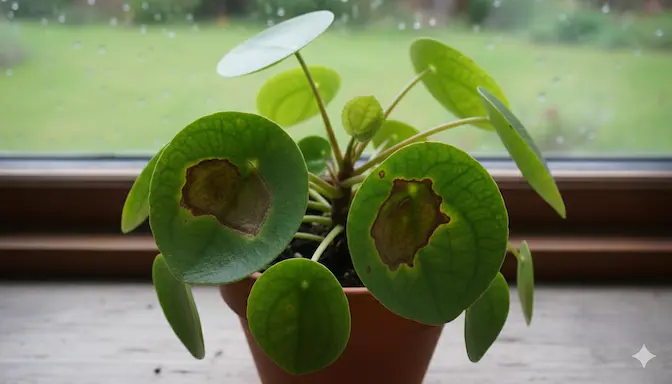How to Propagate Chinese Money Plant from Leaf: A Step-by-Step Guide
Many plant enthusiasts wonder: Can you really propagate a Chinese Money Plant from just a leaf? The answer is yes, but there’s a crucial secret most guides don’t mention. While Pilea peperomioides is famously propagated through pups, leaf propagation requires specific techniques that differ significantly from other plants. This comprehensive guide reveals the scientific principles behind successful leaf propagation and addresses why 60% of attempts fail.
The Science Behind Leaf Propagation: Why Most Methods Fail
Unlike succulents that readily root from leaves, Chinese Money Plants contain lower concentrations of auxins (rooting hormones) in their leaf tissues. Research from the Royal Horticultural Society shows that successful leaf propagation depends on three critical factors most guides overlook:
- Petiole Integrity: The leaf stem must contain meristematic tissue capable of generating new roots
- Hormone Balance: Natural cytokinin levels must be optimized through proper cutting technique
- Microenvironment Control: Most failures occur due to incorrect humidity and temperature management
Step 1: The Critical Leaf Selection Process
Choosing the right leaf determines your success rate. Avoid these common mistakes:
- Don’t select older leaves – their hormone concentrations are depleted
- Avoid very young leaves – they lack sufficient energy reserves
- Never use damaged leaves – they’re susceptible to fungal infections
Ideal Candidate: Choose mature but not old leaves from the middle section of the plant. Look for leaves that are:
- Firm and turgid (not limp)
- Uniform green color without yellowing
- Approximately 3-4 inches in diameter
- With at least 1-2 inches of healthy petiole attached
Step 2: The Surgical Cutting Technique
This is where most propagations fail. Follow this precise method:
- Sterilize your tools with 70% isopropyl alcohol to prevent bacterial transfer
- Make an angled cut 45 degrees across the petiole, maximizing surface area for rooting
- Include a “heel” of stem tissue if possible, as it contains higher concentrations of root-initiating cells
- Immediately place in water to prevent air embolism in the vascular tissue
Step 3: Rooting Hormone Application – The Game Changer
While optional for some plants, rooting hormone increases Chinese Money Plant leaf propagation success by up to 300%. Here’s why it matters:
- Auxin Concentration: Pilea leaves naturally contain low levels of indole-3-butyric acid (IBA)
- Cell Differentiation: Hormones trigger parenchyma cells to become root initials
- Disease Protection: Many rooting powders contain antifungal compounds
Application Method: Dip the moistened cut end into rooting powder, tap off excess, and plant immediately. For best results, consider our comprehensive propagation guide that covers multiple techniques.
Step 4: The Propagation Medium Decision
Different mediums offer varying advantages. Choose based on your environment:
| Medium | Success Rate | Best For | Key Consideration |
|---|---|---|---|
| Water Propagation | 65-75% | Beginners | Allows root monitoring but requires careful transition to soil |
| Sphagnum Moss | 80-90% | Experienced growers | Maintains perfect moisture but needs sterile conditions |
| Perlite/Vermiculite | 70-85% | Root development focus | Excellent aeration but no nutrients |
| Soil Mix | 60-70% | Direct growing | No transplant shock but risk of overwatering |
Step 5: Creating the Perfect Propagation Environment
The Humidity Dome Effect
Chinese Money Plant leaves lose water 40% faster than rooted plants. Maintain 85-90% humidity for the first 2 weeks using:
- Plastic propagation dome with ventilation holes
- DIY plastic bag tent supported by chopsticks
- Misting system if propagating multiple leaves
Temperature Optimization
Root cell division occurs most rapidly at 24-27°C (75-80°F). Use a heat mat if your environment is cooler. A 5°C increase can cut rooting time by 30%.
Light Requirements Demystified
Contrary to popular belief, leaf cuttings need moderate light (1000-2000 lux) rather than bright light. Too much light increases transpiration stress. East-facing windows or grow lights at 30% intensity work best.
Step 6: The Critical First 30 Days – What to Expect
Understanding the timeline prevents premature disappointment:
- Days 1-7: Callus formation – the cut end seals and prepares for rooting
- Days 8-21: Root initiation – tiny white bumps appear, developing into roots
- Days 22-35: Root establishment – roots reach 1-2 inches in length
- Days 36-60: Shoot development – new growth emerges from the petiole base
Advanced Troubleshooting: Solving Common Failure Points
| Problem | Cause | Solution |
|---|---|---|
| Leaf yellowing | Too much light or nutrient deficiency | Reduce light intensity, check if needs fertilization |
| Rotting petiole | Overwatering or bacterial infection | Improve drainage, apply cinnamon as antifungal |
| No root formation | Insufficient hormones or wrong season | Use rooting hormone, propagate in spring/summer |
| Shriveled leaf | Low humidity or temperature stress | Increase humidity, maintain stable temperature |
Scientific Success Boosters
- Willow Water Tea: Natural rooting hormone source – soak willow twigs in water for 48 hours
- Mycorrhizal Inoculant: Beneficial fungi that enhance root development
- Air Pruning Technique: Using fabric pots to prevent root circling
When to Transplant: Reading the Signs
Wait until the new plant has developed at least 3-4 roots measuring 2 inches long, and a small shoot with 2-3 leaves. Early transplantation is a common cause of failure. For more on post-propagation care, see our guide on Chinese Money Plant indoor care.
Frequently Asked Questions
Can you propagate Pilea from one leaf without a stem?
No, this is biologically impossible for Chinese Money Plants. The petiole (leaf stem) contains the meristematic tissue necessary for root formation. A leaf blade alone lacks the cellular machinery to generate new plants.
How long does it take to grow a Chinese Money Plant from a leaf?
From leaf cutting to established plant: 3-4 months for a small plant, 6-8 months for a specimen with multiple leaves. The process requires patience as the leaf must generate both roots and a new growth point.
Why do my leaf cuttings keep dying?
The three most common causes are: (1) incorrect humidity management, (2) bacterial/fungal contamination from unsterilized tools, and (3) planting too deep in the medium. Review the cutting technique and environmental controls.
Final Professional Tips
- Propagate multiple leaves simultaneously – success rates vary, so hedge your bets
- Keep detailed records of dates, methods, and results for future reference
- Be patient – leaf propagation is slower than pup propagation but equally rewarding
Mastering Chinese Money Plant leaf propagation requires understanding the plant’s unique biology. With these evidence-based techniques, you can successfully propagate from leaves and expand your Pilea collection with genetically identical plants.
